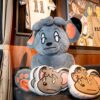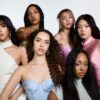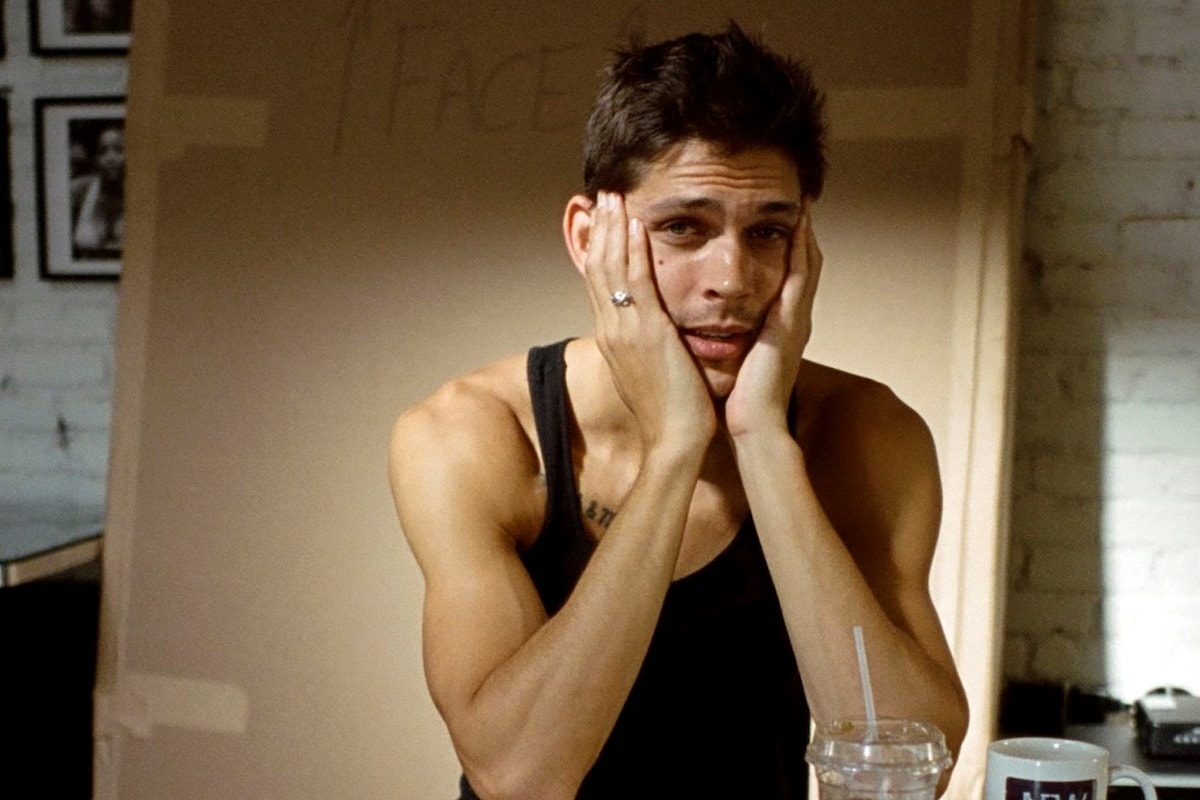
Rewrite
Lead ImageEthan James GreenPhotography by Daniel Arnold. Courtesy of New York Life Gallery
The Michigan-born photographer Ethan James Green arrived in New York from a sleepy Midwestern town the way so many do – with dreams of being an artist. While he started off as a model, the images that put him on the map as a photographer were piercingly raw portraits of his queer contemporaries on the streets of the Lower East Side, published in a book by Aperture (Young New York, 2019). In the years since, he’s turned his tender gaze towards fashion campaigns and more celebrities than you can count (Lady Gaga, Sofia Coppola, and Hunter Schafer, just this year), while last November he presented his Pirelli Calendar – a career-defining commission that saw him join a pantheon of greats like Richard Avedon, Tim Walker and Annie Leibovitz. When we speak, he’s fresh from shooting Addison Rae’s debut album cover (titled Addison, coming June 6). “She’s so fun to work with,” he says. “There’s not this obsession with perfection, which is a photographer’s dream. She’s not afraid to get a little dirty.”
But his career hasn’t always been a straightforward upward trajectory. In 2022, Green’s commercial commissions disappeared seemingly overnight. “I felt like I was rejected by fashion, which I had basically given my life to,” he remembers. “It forced me to recalibrate.” While others might panic, Green instead opened a gallery. Spread across the 5th floor Chinatown space his studio occupies, New York Life Gallery has since become one of the city’s most talked-about new spaces, showcasing a discerning curation of emerging, mid-career and undiscovered archival work alongside a publishing offshoot of sensitively configured zines. “Photography was my whole life, my plan A,” Green says. “It’s been so great to have another outlet to lean into. It’s much better for me, mentally.”
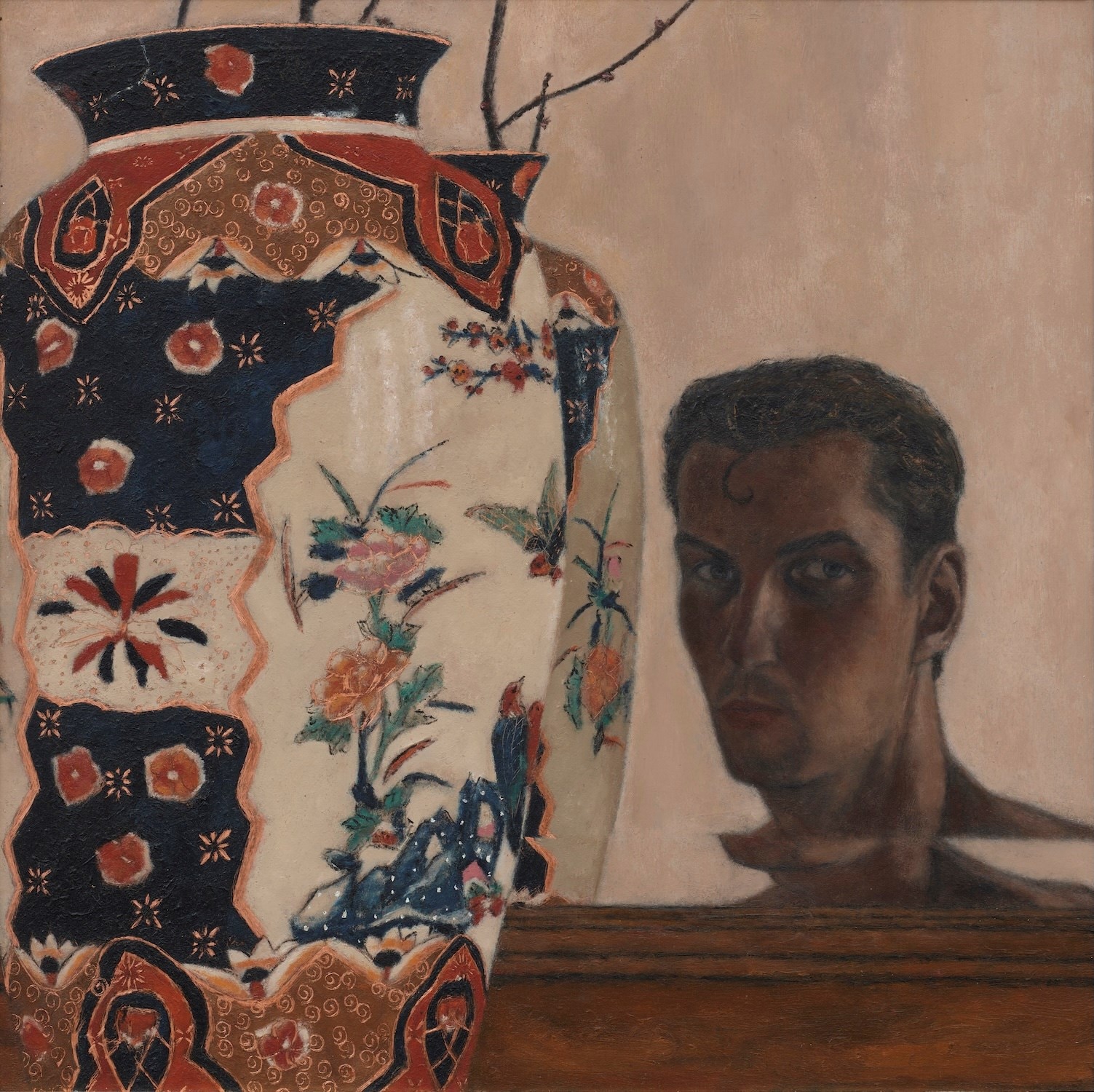
So far, the programme has drawn upon Green’s circle of downtown artists and his own personal tastes – 20th-century works which liberally cover the walls of his studio. “I didn’t go to school, I have been learning about all of this as I go,” he says. “When the gallery started, I had just started buying art for the first time. I think a lot of it is just what I’ve been drawn to as a collector.”
As such, the gallery’s scope is broad, yet it’s curation feels tethered to a lineage of underground artists who have called New York home. Recent shows have seen ten artists pay tribute to Warhol muse Candy Darling, sculptor James Bantone manipulate the all-American material of steel, and Daniel Arnold showcase his idiosyncratic view of the city. “I always want to show work that is going to look great for a really long time,” Green says, when asked what the thread between his exhibitions might be. “It’s not trendy. There’s some real longevity to it. It’s just really strong art.”
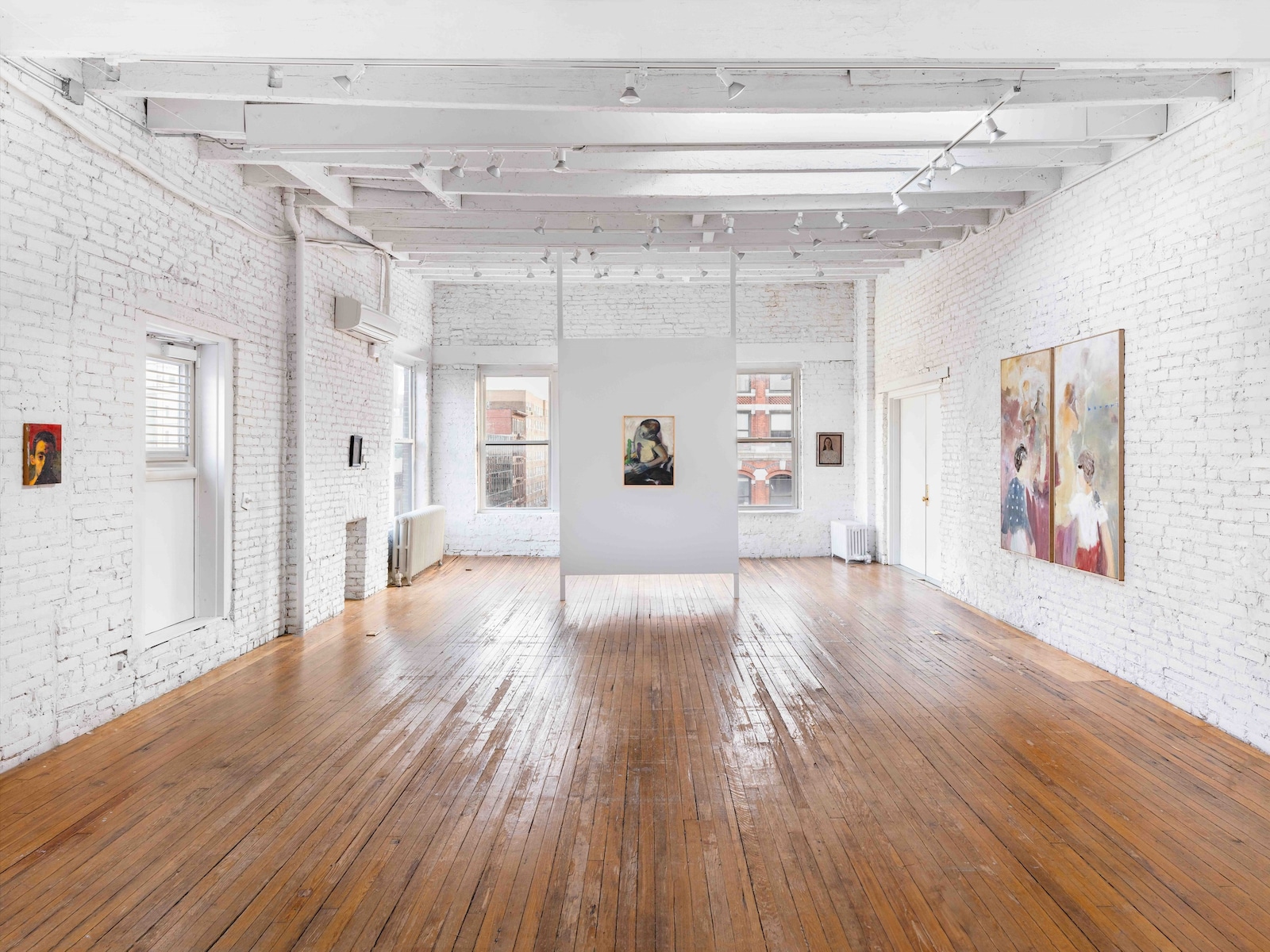
The gallery’s current show, Something like living occurs, presents a lyrical first venture into contemporary painting. It gathers four emerging artists – Alessandra Acierno, Max Jahn, Nick Jensen, and Aks Misyuta – and takes its title from John Ashbery’s ekphrastic poem Self-Portrait in a Convex Mirror, which is about the impossible task of capturing a soul in a portrait. While all of the works are by young graduates, the paintings share a rigour and depth rooted in the history of portraiture. They could easily have been painted yesterday or a century ago. “I spent a year on Instagram looking for painters,” says Green. “Max’s work is so classical, they’re direct portraits of his peers in Berlin. Nick Jensen takes figuration through an abstract lens. And then, the two other artists, Aks and Alessandra, their figures are a bit more cartoonish. I just really love what they all do.”
Much like his personal projects Young New York and Bombshell, the gallery feels like an invitation into the world of Green’s personal creative community. It’s how the first show came to be. For years, Green informally lent half of his studio space to various friends, leading to the discovery of an unpublished archive of exquisite portraits of women in Baltimore, shot by friend Marcus Cuffie’s late father, Steven Cuffie.
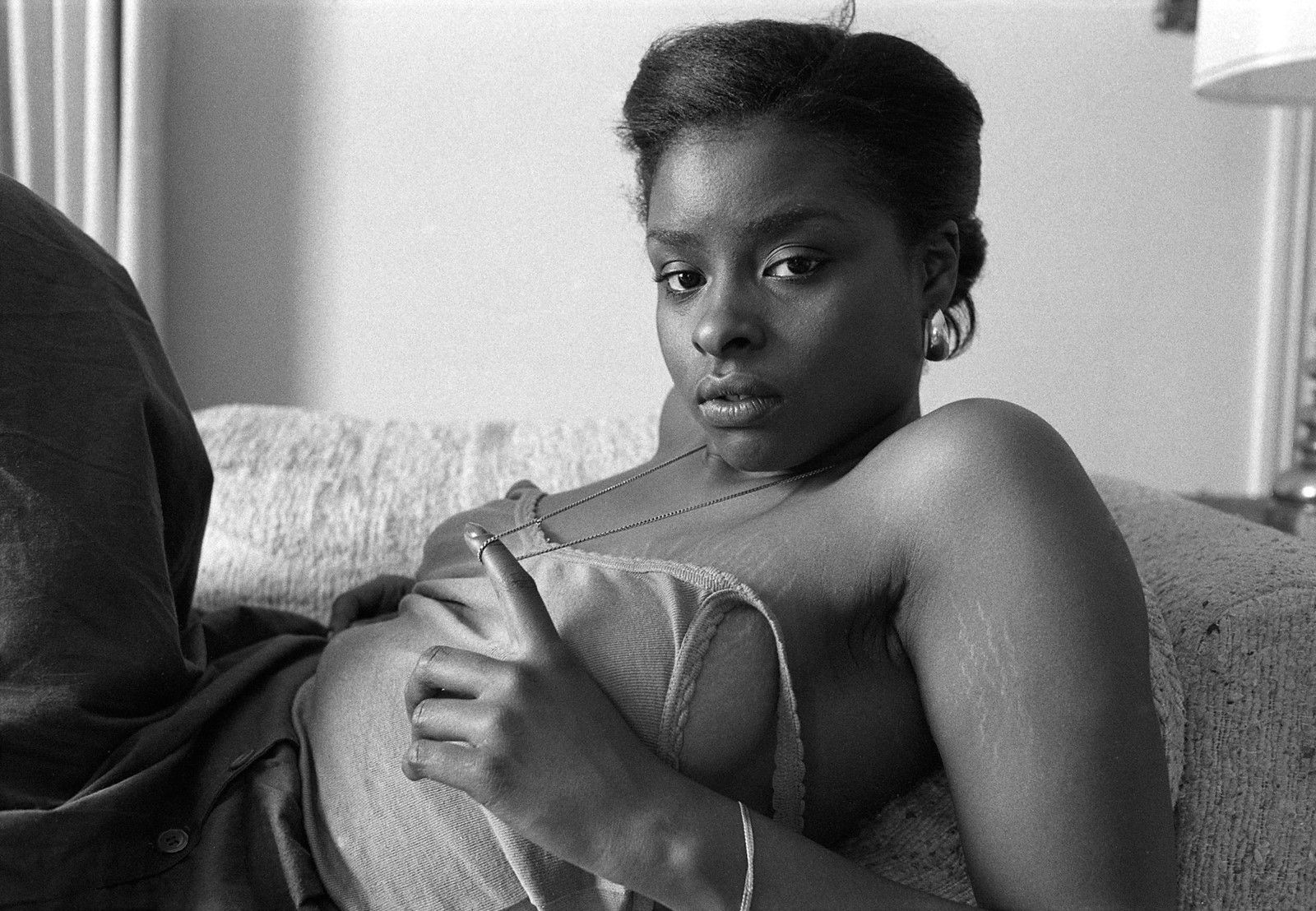
“Marcus had asked to use my scanner to start archiving their dad‘s work,” he remembers. “It was top-tier portraiture, these black and white portraits of women in Baltimore that reminded me of David Armstrong, and how he photographed his friends and the people in his life. I just remember being so blown away. That was our first show. The community in New York responded so positively to it – right away, Dashwood wanted to publish a book, and Aperture wrote a piece about Steven. To see great work get that recognition was incredible.”
“I love photography, but I’m equally in love with having a gallery now” – Ethan James Green
More than stepping into the role of curator, what Green says he has found most gratifying is allowing New York Life Gallery to be a fluid space for others, whether giving artists free-reign to host a programme of events, or rising photographers the resources to create a printed object, such as Sam Penn’s intimate visual diary of a relationship ending, Bad Behavior. “In my career, my first publications were a real marker of me becoming a photographer,” he says. “To be able to be part of that with an artist, especially a young artist, is very exciting. I love showing people work that I’m inspired by and getting that kind of same reaction back.”

While the gallery was born from a period of uncertainty, it stands as a testament to embracing a return to the drawing board. “I’ve always been so on the straight and narrow with my work,” says Green. “This is what my life is going to be. This is what I’m aiming for. Opening the gallery really has made me pause and become excited about the unknown. I love photography, but I’m equally in love with having a gallery now.”
Something like living occurs is on show at New York Life Gallery until 28 June 2025.
in HTML format, including tags, to make it appealing and easy to read for Japanese-speaking readers aged 20 to 40 interested in fashion. Organize the content with appropriate headings and subheadings (h1, h2, h3, h4, h5, h6), translating all text, including headings, into Japanese. Retain any existing
tags from
Lead ImageEthan James GreenPhotography by Daniel Arnold. Courtesy of New York Life Gallery
The Michigan-born photographer Ethan James Green arrived in New York from a sleepy Midwestern town the way so many do – with dreams of being an artist. While he started off as a model, the images that put him on the map as a photographer were piercingly raw portraits of his queer contemporaries on the streets of the Lower East Side, published in a book by Aperture (Young New York, 2019). In the years since, he’s turned his tender gaze towards fashion campaigns and more celebrities than you can count (Lady Gaga, Sofia Coppola, and Hunter Schafer, just this year), while last November he presented his Pirelli Calendar – a career-defining commission that saw him join a pantheon of greats like Richard Avedon, Tim Walker and Annie Leibovitz. When we speak, he’s fresh from shooting Addison Rae’s debut album cover (titled Addison, coming June 6). “She’s so fun to work with,” he says. “There’s not this obsession with perfection, which is a photographer’s dream. She’s not afraid to get a little dirty.”
But his career hasn’t always been a straightforward upward trajectory. In 2022, Green’s commercial commissions disappeared seemingly overnight. “I felt like I was rejected by fashion, which I had basically given my life to,” he remembers. “It forced me to recalibrate.” While others might panic, Green instead opened a gallery. Spread across the 5th floor Chinatown space his studio occupies, New York Life Gallery has since become one of the city’s most talked-about new spaces, showcasing a discerning curation of emerging, mid-career and undiscovered archival work alongside a publishing offshoot of sensitively configured zines. “Photography was my whole life, my plan A,” Green says. “It’s been so great to have another outlet to lean into. It’s much better for me, mentally.”

So far, the programme has drawn upon Green’s circle of downtown artists and his own personal tastes – 20th-century works which liberally cover the walls of his studio. “I didn’t go to school, I have been learning about all of this as I go,” he says. “When the gallery started, I had just started buying art for the first time. I think a lot of it is just what I’ve been drawn to as a collector.”
As such, the gallery’s scope is broad, yet it’s curation feels tethered to a lineage of underground artists who have called New York home. Recent shows have seen ten artists pay tribute to Warhol muse Candy Darling, sculptor James Bantone manipulate the all-American material of steel, and Daniel Arnold showcase his idiosyncratic view of the city. “I always want to show work that is going to look great for a really long time,” Green says, when asked what the thread between his exhibitions might be. “It’s not trendy. There’s some real longevity to it. It’s just really strong art.”

The gallery’s current show, Something like living occurs, presents a lyrical first venture into contemporary painting. It gathers four emerging artists – Alessandra Acierno, Max Jahn, Nick Jensen, and Aks Misyuta – and takes its title from John Ashbery’s ekphrastic poem Self-Portrait in a Convex Mirror, which is about the impossible task of capturing a soul in a portrait. While all of the works are by young graduates, the paintings share a rigour and depth rooted in the history of portraiture. They could easily have been painted yesterday or a century ago. “I spent a year on Instagram looking for painters,” says Green. “Max’s work is so classical, they’re direct portraits of his peers in Berlin. Nick Jensen takes figuration through an abstract lens. And then, the two other artists, Aks and Alessandra, their figures are a bit more cartoonish. I just really love what they all do.”
Much like his personal projects Young New York and Bombshell, the gallery feels like an invitation into the world of Green’s personal creative community. It’s how the first show came to be. For years, Green informally lent half of his studio space to various friends, leading to the discovery of an unpublished archive of exquisite portraits of women in Baltimore, shot by friend Marcus Cuffie’s late father, Steven Cuffie.

“Marcus had asked to use my scanner to start archiving their dad‘s work,” he remembers. “It was top-tier portraiture, these black and white portraits of women in Baltimore that reminded me of David Armstrong, and how he photographed his friends and the people in his life. I just remember being so blown away. That was our first show. The community in New York responded so positively to it – right away, Dashwood wanted to publish a book, and Aperture wrote a piece about Steven. To see great work get that recognition was incredible.”
“I love photography, but I’m equally in love with having a gallery now” – Ethan James Green
More than stepping into the role of curator, what Green says he has found most gratifying is allowing New York Life Gallery to be a fluid space for others, whether giving artists free-reign to host a programme of events, or rising photographers the resources to create a printed object, such as Sam Penn’s intimate visual diary of a relationship ending, Bad Behavior. “In my career, my first publications were a real marker of me becoming a photographer,” he says. “To be able to be part of that with an artist, especially a young artist, is very exciting. I love showing people work that I’m inspired by and getting that kind of same reaction back.”

While the gallery was born from a period of uncertainty, it stands as a testament to embracing a return to the drawing board. “I’ve always been so on the straight and narrow with my work,” says Green. “This is what my life is going to be. This is what I’m aiming for. Opening the gallery really has made me pause and become excited about the unknown. I love photography, but I’m equally in love with having a gallery now.”
Something like living occurs is on show at New York Life Gallery until 28 June 2025.
and integrate them seamlessly into the new content without adding new tags. Ensure the new content is fashion-related, written entirely in Japanese, and approximately 1500 words. Conclude with a “結論” section and a well-formatted “よくある質問” section. Avoid including an introduction or a note explaining the process.
